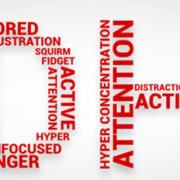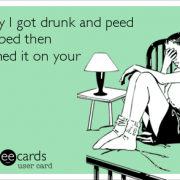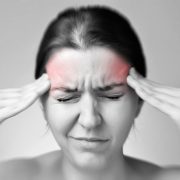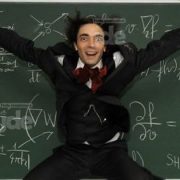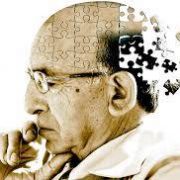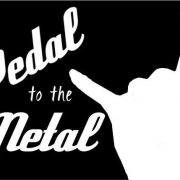ADHD, really?
ADHD is trendy and some specialists question themselves on the number of children diagnosed. It is the case of Benoît Hammarrenger, neuropsychologist.
In the US, we consider that it’s 25% of the children that are tagged with a questionable ADHD diagnosis.
According to M. Hammarrenger, we rely too heavily on the Conners questionnaire when the time comes to do a variety of tests. The Conners test is not supposed to be, relatively speaking, the determinant test leading to a diagnosis.
Not only does M. Hammarrenger consider that the diagnosis is often done too early, he also considers that other conditions that are similar to ADHD can be mistaken for it. Those actually include anxiety and pervasive developmental disorder.
In functional neurology, it’s been known for many years that these different issues brought up by M. Hammarrenger often affect the same brain pathways. fMRI studies have many times revealed that networks involving the cerebellum, the basal ganglia and the frontal areas were affected in the cases of ADHD, anxiety as well as other cognitive and emotional challenges.
It is these networks that are optimized in the context of an intervention in posturology. By optimizing the balance and movement system, the networks responsible for learning are stimulated. As well, by integrating primitive reflexes that create the tone of the muscles of the organism, we are literally positioning the body for comfort and overall efficiency.

